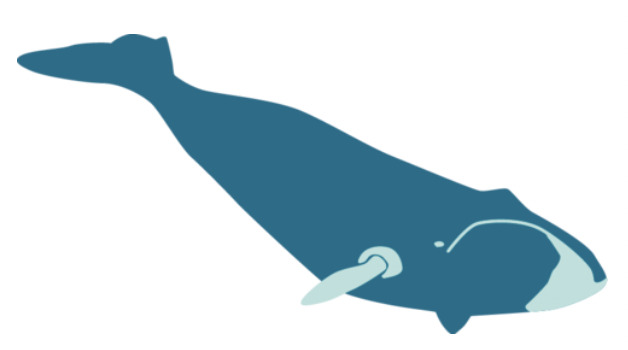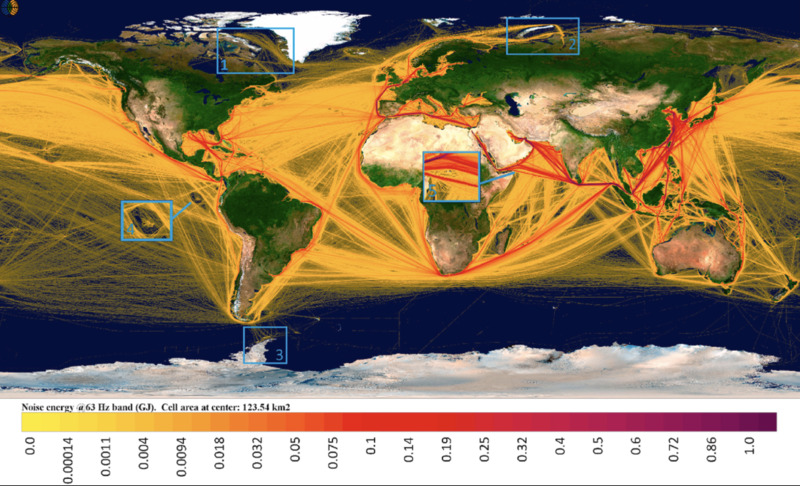Shipping and Transportation
It is no surprise that the ocean plays a vital role in fueling the shipping industry, which is responsible for more than 80% of the world's trade and contributes to about 1-3% of world Gross Domestic Product (GDP). Some 11 billion tons of goods are transported by ship each year, including nearly 2 billion tons of crude oil, 1 billion tons of iron ore (the raw material needed to create steel), and 350 million tons of grain. Ships are also widely utilized to transport people from places to places, which greatly contributes to the steady increase in maritime tourism.
The first known example of the shipping industry can be traced back to the Egyptian civilization, where papyrus boats and rafts were used for local transportation. For thousands of years around the world, shipping products were generally brought to port in wooden crates, sacs, or kegs and transported by wagons, trucks, and trains, where they were then loaded onto a ship.
Watch the video below to learn about the evolution of the modern shipping container, a small but crucial driver of the shipping industry.
Compared to other modes of international transportation, sea transportation is considered to be most beneficial for a variety of reasons. Shipping products overseas is less expensive than air freight, with the cost of fuel and space being far more affordable and more reliable than land transportation. In addition, ocean carriers operate on fixed schedules and routes, making it easier to predict delivery times and plan logistics around transportation. Spacewise, ships are able to efficiently accommodate a large quantity of cargo including: bulk cargo, containers, vehicles, and hazardous materials all at once over large distances and at a cost-effective price.
Impact on marine life
Despite the economic advantages the shipping industry has provided, sea transportation has contributed to disruptions within marine ecosystems. One notable example are ship strikes, or vessel strikes, which are collisions between any type of boat and a marine animal in the ocean. Strikes that result in death or injury may go unnoticed, and usually occur when marine animals are not visible below the surface or there is not enough time to avoid a collision. Endangered North Atlantic whales are especially vulnerable to ship strikes because the major ports and shipping lanes often overlap with the species’ habitat and migration routes. It is also estimated that hundreds of sea turtles are struck by vessels in the United States every year. Ship strikes tend to occur in areas with great commercial shipping traffic, and not only causes harm to marine life, but can also damage ships and injure people. To mitigate these ship strikes, vessel speed restrictions and routings were established to slow down ships in areas close to whale habitats and prevent collisions.
As the number of ships worldwide increase, noise pollution caused by ships is another harmful disturbance on marine life that has seen an increase over the years, with global shipping noise emissions doubling every 11.5 years. Very few areas of the ocean are impacted by shipping noise, but they are most prevalent around mining operations, oil/gas extraction, and vessel routing sites in the Arctic areas. Noises produced by ships can disrupt marine species who rely on sound for navigation, communication, and survival needs by “masking” their natural sounds and preventing their cohorts from interacting with each other. These foreign sounds can increase stress hormones within marine populations, which can affect their growth rate, metabolism, reproduction, and ability to forage and escape from predators. Financial incentives as well as government programs intended to monitor and manage underwater noises created by ships are being implemented globally; however, it is difficult to enforce such policies and further advocacy is needed to protect marine animals.
Did you know?
A cargo vessel emits around 190 decibels of noise - which is louder even than a jet engine at takeoff.
Additionally, noise travels four times faster in water than in air, meaning shipping noises can travel great distances and affect more marine animals.
The labeled areas are 1: Baffin Sea with Milne mining operations; 2: Kara Sea with Yamal gas fields; 3: Palmer basin research stations; 4: Galapagos Islands; 5: Socotra Island. The main shipping lanes (the ones from China via the Malacca Strait and Red Sea to Europe) have the highest noise contribution.






